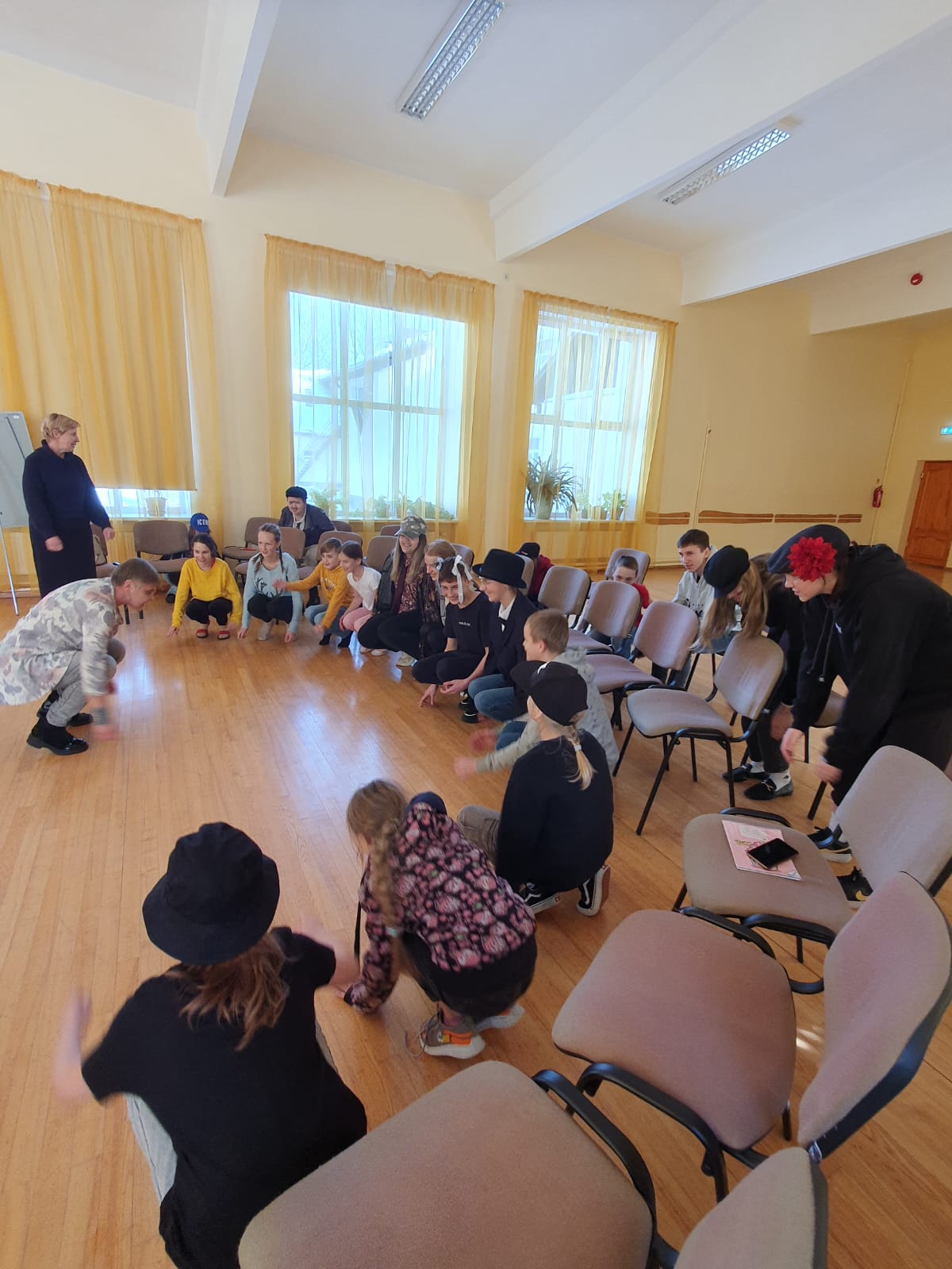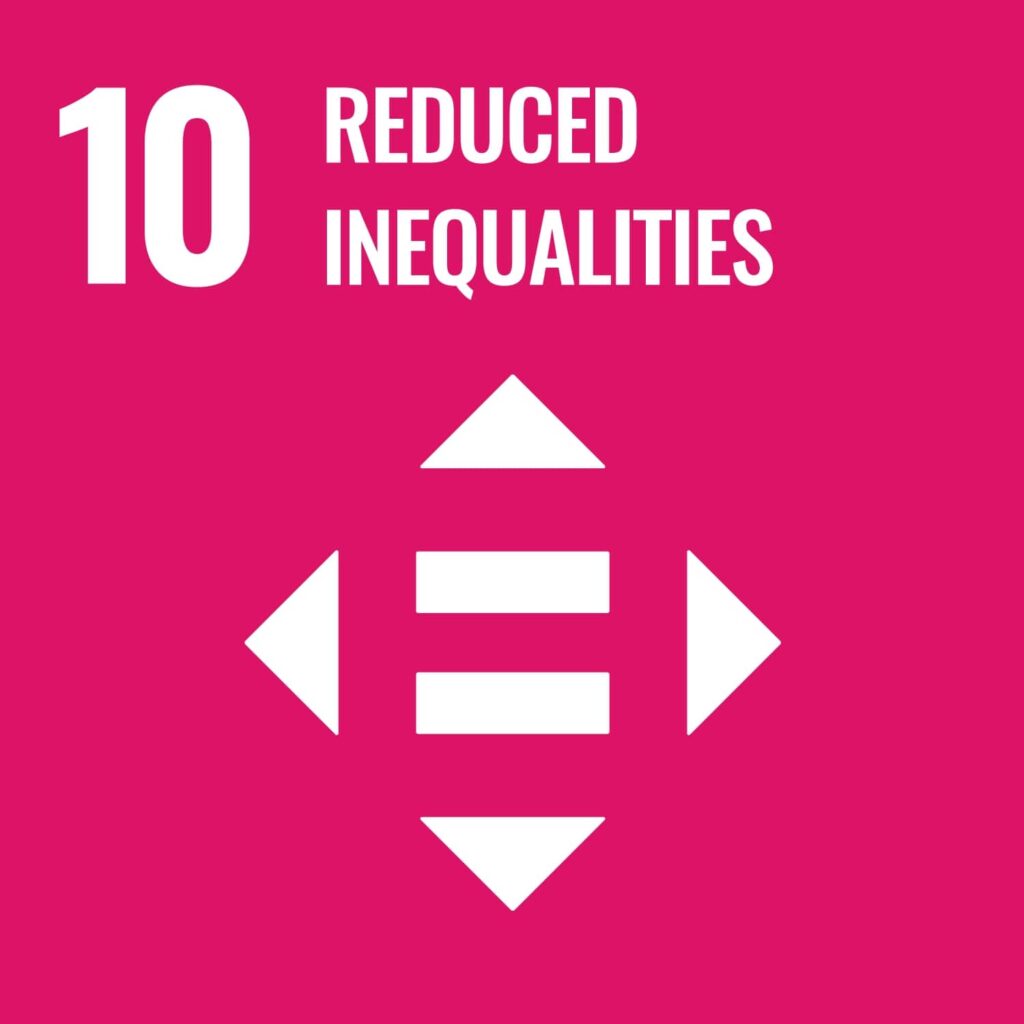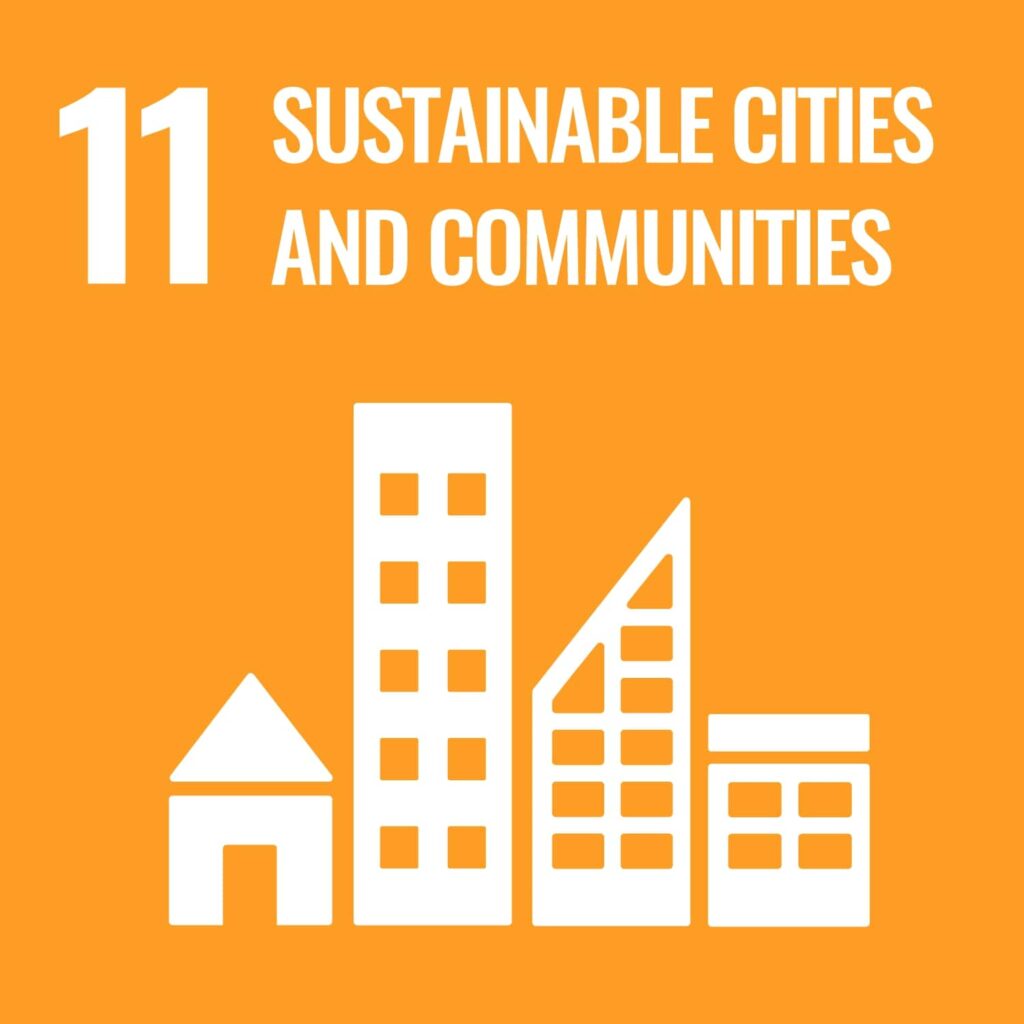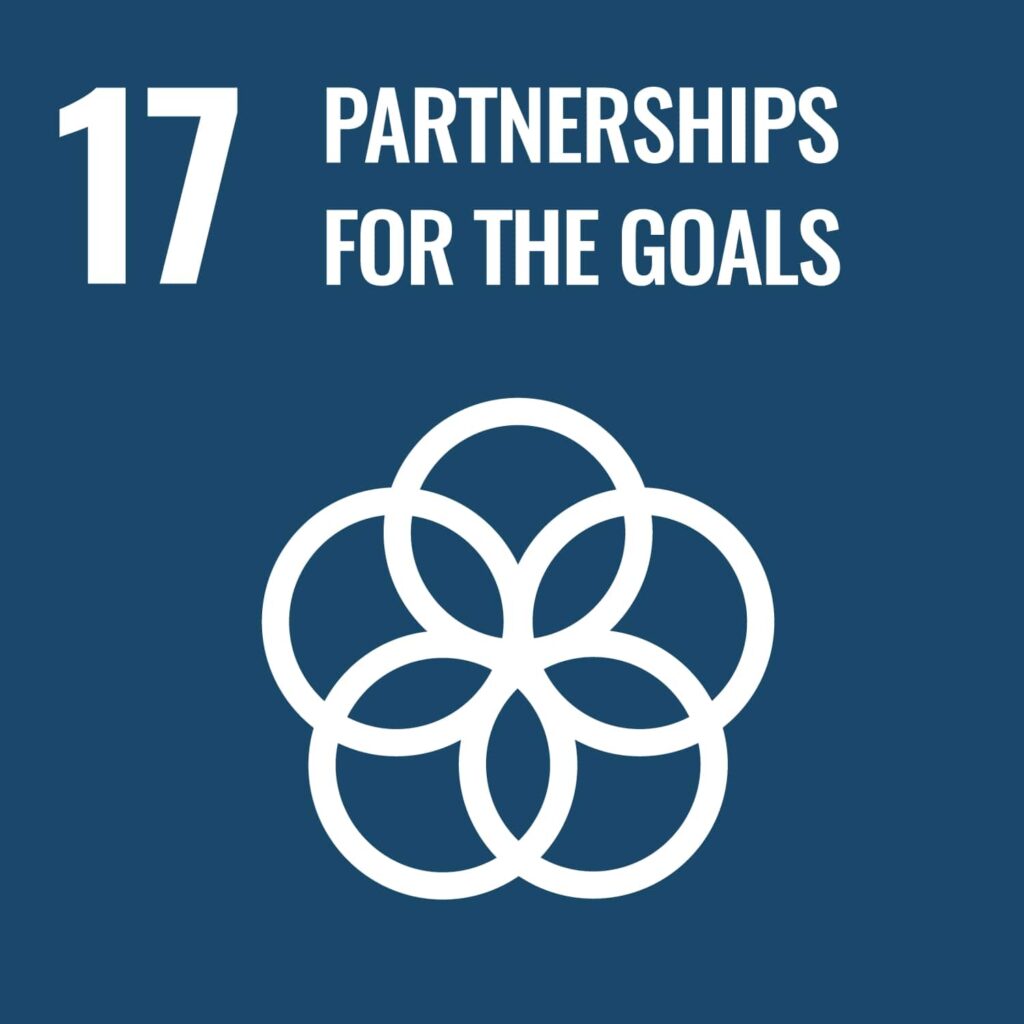

Having a first name and a family is such an everyday thing that it can easily slip attention along with the stories that names can hold. The pilot project ”Stories of Names and Family Names”, managed by The Latvian Association of Storytellers, headed to collect stories of names. In this way, the pilot project aimed not only to revive the tradition of storytelling within local communities but to strengthen communication and interaction and thus social cohesion. The project centred on the Vidzeme region in Latvia, involving local libraries, schools as well as community members to the initiative.
A series of workshops with an introductory webinar and evaluation seminar
The Latvian Association of Storytellers organised a series of five workshops in different locations in the Vidzeme region to explore and a document the cultural landscape of names. The project utilised storytelling as a method to support soft skills to communicate and also to revive local dialects. At the same time, through reflecting stories of names, the project aimed to offer ways to review one’s life story and experiences. The workshops were planned and implemented with the help of local libraries, schools and community centres. The general goals of the workshops were:
In addition, there was organised a webinar about history of names opened by a lecture, “Landscapes of Identity: Narratives of Anthroponyms” by researcher Ilmārs Mežs. The lecture addressed Latvian family names in archive materials and offered guidance for participants from libraries in collecting and documenting stories of names at the workshops: how to organise storytelling events about names and surnames, how to record, collect and store stories in the context of library work. With the help of the online format, members of library staff from all regions of Latvia participated. The idea of the project was welcomed with great interest, and libraries beyond the Vidzeme region expressed their willingness to organise similar activities.
After the series of workshops, there was held an evaluation seminar where representatives of each event could relate their experiences.
During winter and spring 2023, five workshops were run in Rūjiena, Burtnieku, Mazsalaca, Seda, and Valmiera. Each workshop was prepared through an online meeting that brought together organisers and key persons to talk through plans for the event and to discuss possible special issues or uncertainties.
The first storytelling event was held at a senior club in Rūjiena, so the participants were elderly people from ca. 60 to 92 years of age. Each of the 16 participants shared their stories starting from their names but often intertwining with intriguing childhood memories that reached also to historical topics with some experiences connected to the Second World War. The event highlighted that stories of names and surnames also carry with them historical narratives. On the other hand, it is good to note, especially when working with elderly people, that memory disorders can emerge. Some participants had difficulties for example in recalling or pronouncing names.
Building a relaxed and safe atmosphere is essential for the workshops. It helps the participants if the facilitator starts with a personal story, sets an example. It also helps to loosen up if additional questions are asked about nicknames, special names in the neighbourhood, etc.
The second event was held in a Storytelling Library, where family stories are documented in Burtnieku church books up to the 17th century. With 26 participants, the event grew a bit too large, as the workshop lasted for over three hours. Nevertheless, people were motivated to participate, and the overall mood of the event was marked by the desire to continue working with the stories of names and surnames. In the event, there emerged more interaction with comments and additions to stories among the participants, who already knew each other well in the community.
The third event was held at Burtnieku elementary school, with 20 participants from the age range 9–15 years. The stories told were short and bright. To the success of the event contributed that many of the children already had some experience in storytelling and they were preparing for the “Teci, Teci, Valodiņa” storyteller competition. The main conclusion of the workshop was that if a school has a teacher is interested in developing storytelling skills, the school community has good potential for collecting stories of names and surnames.
The fourth workshop was held among the Mazsalaca community of storytellers, in the city library. This event highlighted the role of dialect in storytelling and encouraged to look into the connection of names and surnames with the Finno-Ugric heritage. It was noted that if the dialect is not practiced in everyday communication, it does not live on in the self-expression of the storyteller, despite its value being recognized.
Seda, where the fifth storytelling workshop was held, is marked by the legacy of the Soviet era and industrialization: workers to the area had come from various parts of the Soviet Union. This has led to a relatively closed cultural space with very different knowledge of the Latvian language. Followingly, stories in the workshop were told in both Russian and Latvian, and participants discussed together different naming traditions among Russians, Ukrainians, and Tatars. The event confirmed the possibilities of first and last name stories in multicultural communication, promoted understanding and mutual trust.
Lastly, as part of the closing evaluation seminar, a workshop about names was offered to librarians’ work collective at a meeting at the Valmiera Integrated Library.
Results showed significant engagement, with 117 participants across the events. These events underscored the value of storytelling as intangible cultural heritage, fostering community cohesion, intercultural communication, and identity development. Moreover, the project contributed to preserving and transmitting traditions and values.
The initiative positively impacted local communities, increasing awareness of storytelling’s importance and enriching oral history collections for future generations. The project facilitated connections among diverse age groups, ethnicities, and communities, strengthening social bonds and promoting inclusivity.
Despite initial concerns regarding filming and permissions, the project successfully maintained a conducive atmosphere for storytelling. However, it was observed that smaller groups facilitated more meaningful storytelling experiences, highlighting the importance of quality over quantity.
Overall, the project demonstrated the efficacy of using name stories as a tool for community dialogue and heritage preservation. It suggested good potential for scaling such initiatives to larger contexts, emphasising individual participation in enriching cultural spaces and passing on narrative knowledge.
This project contributed to the safeguarding of living heritage trough storytelling as an intangible heritage and stories about names and surnames as a reflection of specific cultural and historical space. Local communities became more aware of why storytelling and specific stories are an important heritage, the project’s records enrich the collection of oral histories for future generations. Members of local community came together, shared stories and built bridges with each other and formed a closer tie.
Representatives of different ages, different ethnicities and different communities took part in the project, proving the power of diversity. This was a community-based project, engaged and supported residents, thereby strengthening the whole community. Project contributed to Sustainable Development Goals 10, 11 and 17 – reduced inequalities, strengthening local communities, promoted awareness of heritage role in strong modern communities.
Altogether, the webinar and workshops involved almost 150 people of different ages, from different ethnicities and backgrounds. Communities’ genuine interest and willingness to participate was apparent in all workshops. At the events it was visible how they stimulated intergenerational dialogue and individual self-expression of each participant. Especially the multicultural environment in Seda exemplified the possibilities that the stories of names and surnames can have for intercultural communication and improvement of mutual understanding and social cohesion.
The pilot project contributed to the continuity and safeguarding of storytelling as living cultural heritage and underscored the role of name giving practices as part of that heritage. In addition, the project brought attention to cultural diversity and the parallel existence of different languages and dialects in communities.
The pilot project functioned to collect and document stories of names in the library context, which meant involving the use of cameras and microphones in the workshops and collection of consents permitting the documenting of the shared story. The use of cameras especially easily added tension to the atmosphere of an event, which the organisers should take into attention. Also, it was observed that in smaller groups storytelling was more relaxed and interaction more fluent in comparison to the largest group. With the help of the evaluation seminar, a checklist for workshop facilitation was collected.
As a result, the pilot project confirmed the organisers’ expectation that the stories of names and surnames are a relevant tool to support the feeling of belonging in communities. Through individual, personal stories, each community member was encouraged to share of their personal living heritage to increase interaction and to improve communication skills and in this way to strengthen community ties. Storytelling about names can serve as an encouragement and a role model and open the way for new community initiatives in the context of intangible cultural heritage, thus supporting active citizenship and a strong society aware of its common cultural identity landscape. The pilot Project contributed to Sustainable Development Goals 10, 11 and 17 – reduced inequalities, strengthening local communities, promoted awareness of heritage role in strong modern communities.
Pilot project manager: The Latvian Storytelling Association https://stastnieki.lv/en/



